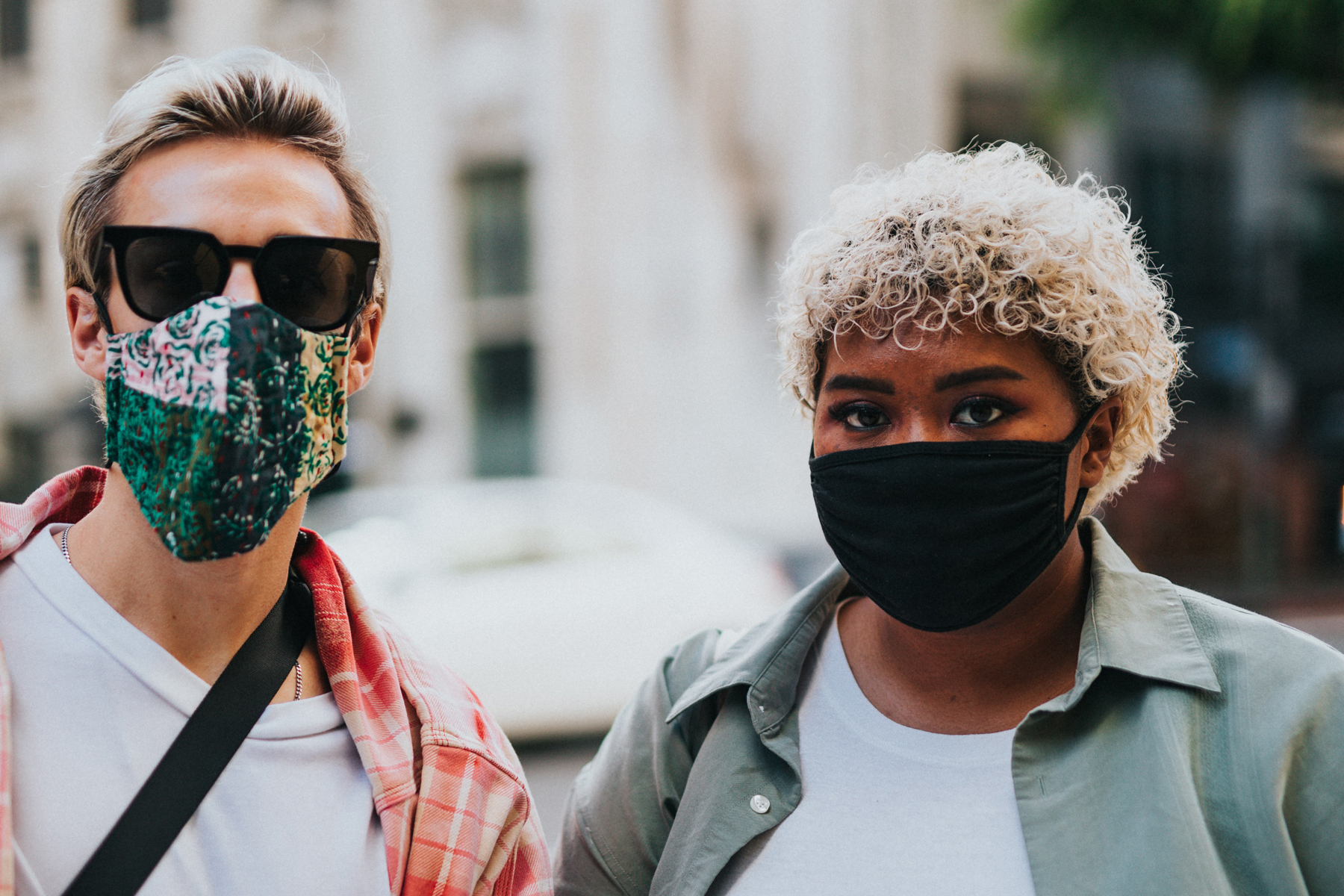For the fourth month in a row, heavy headlines accompany my mornings. Reporters for the daily news podcast I listen to spew numbers at me as I brush my teeth — infections contracted, jobs lost and deaths. On May 28, the number I awoke to was incomprehensible: 100,000 dead in the United States due to COVID-19.
Now that cities are beginning to open and people are growing tired of social distancing, many people want to leave COVID-19 and its headlines, worries and lifestyle changes behind. But aside from the possibility that we might experience a new wave of infections, the number of lives lost makes the discussion surrounding COVID-19 something that cannot and should not be abandoned.
Since the harrowing benchmark of deaths in May, total deaths due to COVID-19 in the United States have risen above 115,000. This number has been contextualized by comparison to deaths due to other events in the history of the United States.
It’s gut-wrenching to learn that in the U.S., more lives have been lost during the past few months of the virus than total American lives lost in the Korean War and the Vietnam War combined; American lives lost in World War I will be surpassed shortly. The numbers only continue to grow.
Lack of National Mourning
Yet, amidst this national tragedy, the United States has seen virtually no national mourning. On a recent episode of the podcast “All Things Considered,” NPR’s Mary Louise Kelly and a few guests discussed how past presidents have engaged in national mourning, from Lincoln delivering the Gettysburg Address to Obama singing “Amazing Grace” at Charleston’s Emanuel African Episcopal Church.
Kelly and her guests discussed the responsibility the president has to take on the role of “mourner-in-chief” and said, “We look to political leaders to help us confront horrors we experience … we want paths to hope and solidarity and fellowship.”
In contrast with past presidents’ behavior, Trump’s actions as mourner-in-chief have been minimal. One guest argued Trump has “reacted to this crisis simply as a political exercise, not as a human tragedy.”
Some large-scale community mourning did occur on June 1. Organized by religious leaders across the country, the National Day of Mourning and Lament also mourned the lives lost due to police brutality and the system of white supremacy present in the United States.
Unfortunately, news outlets did not widely cover this event. It is also likely that Americans who are not religious lacked the desire to participate.
The lack of nationwide mourning leaves this chapter of loss painfully open and unaddressed as Americans are left to grieve without national guidance. Below are a few suggestions for mourning general loss in the time of COVID-19.
Recognize Your Feelings
Acknowledging your feelings is the necessary first step. The feelings of uneasiness, lack of energy or general unhappiness you may be experiencing could actually be grief. The experience of losing a loved one due to COVID-19 is not a prerequisite to grief; the pandemic has led to the loss of many things — jobs, milestone celebrations, social interaction, etc. — all of which can lead to grief.
Or, perhaps you are not feeling any negative emotions. It is still important to recognize it would be completely normal if you were. Consider whether actively grieving may be beneficial for you either way.
Read Up on the Lives Lost
Upon acknowledging the existence of grief, a helpful resource to start actively mourning is the New York Times article that was published when the grim milestone hit. If you are a college student, your school may provide you with a free subscription to The New York Times.
The article memorializes some of the lives lost. It includes names, ages, hometowns and accompanying memories taken from obituaries of those who have passed away.
Of course, the short article does not come close to including everyone lost; however, it does give readers a chance to honor the lives of these individuals and hold them in their memories, even if only for a minute. The article reminds readers 100,000 is not just a number — it represents lives lost, as well as countless memories, families, friends and communities affected.
So, use the article as a place to start the process of grieving and see what personally feels right. Perhaps reading it is enough for you. Take the time to let each name linger on your lips and in your memory.
https://www.instagram.com/p/CBEXQU2AqQV/
Express Yourself Creatively
Creating art is also a ritual that can be part of grieving. Being creative breaks up the monotony of daily life and allows you to take time for yourself and prioritize your mental well-being. Even if you do not consider yourself an artist, try it.
Creativity may help you work through your thoughts and feelings. You can try activities such as journaling, painting, embroidery or collaging. Perhaps the art you create is related to the pandemic; perhaps it is not. Sharing your creation online or with others can make it a tool for collective mourning as well.
Check In With Loved Ones
Reaching out to your loved ones is another way to engage in an act of collective or group mourning in the face of the lack of national mourning. Of course, this should include those you know who have lost someone or who are having a difficult time. But do not stop there. Your loved ones who may seem fine will still benefit from your consideration.
This can be as simple as a text message — or you can get creative. Snail mail has been my preferred form of reminding my friends I am here for them. Much like creating art, writing letters gives me space to stop and think.
Furthermore, the surprise of a letter in the mailbox shows you truly care. Either way, checking on loved ones creates the opportunity for dialogue about the pandemic we are all experiencing. It normalizes addressing the tragedy and creating a support system.
Keep Prioritizing Health and Safety
Finally, it is extremely important to continue practicing health and safety precautions. This shows others you respect them and their health. As you take the time to honor the lives lost and grieve, remember we all have a responsibility to those who are living. Also, remember to think of yourself as well.
A lack of national mourning does not erase the need for mourning. Be gentle with yourself and take the time you need to grieve.

















